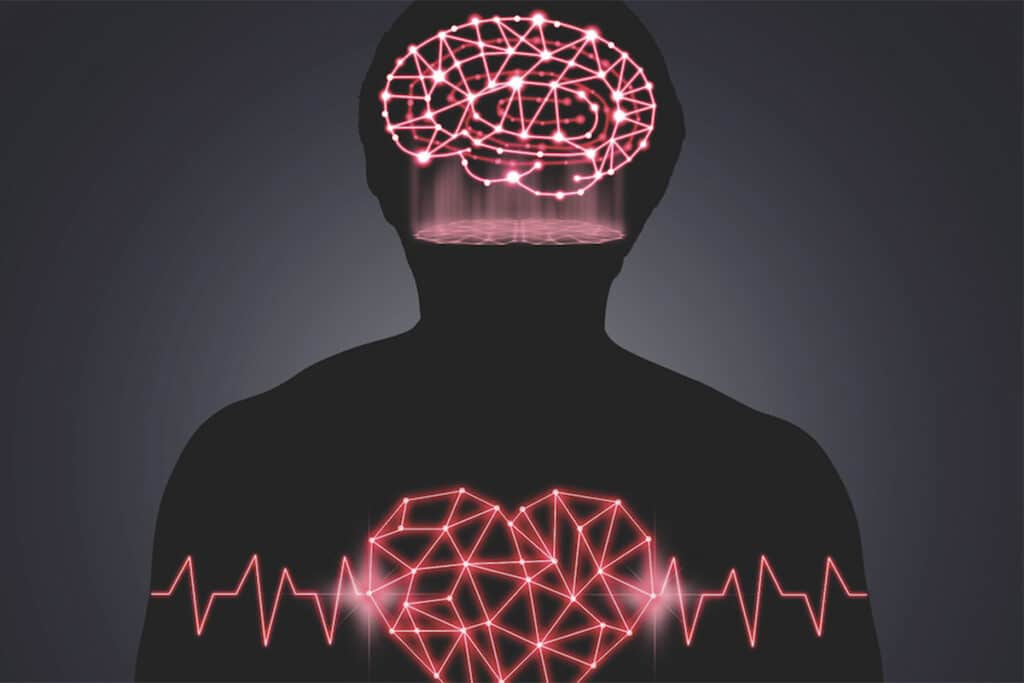Eye Health in the Age of Technology
If you find yourself rubbing your eyes while enjoying this issue of San Antonio Woman, don’t blame the magazine. Blame your blink rate.
“Studies show that our blink rate decreases by 50 percent when concentrating on something. That could be reading, driving or screen time — any time you’re ‘in the zone’,” explains Dr. Allison Young. “We normally blink 12 to 15 times a minutes, but when we’re concentrating, it goes down to six times a minute. You have to replenish your tear film. In other words, remind yourself to blink.”
As we find ourselves increasingly tied to screens — you can even read this magazine online — digital eye strain is becoming more prevalent. It’s something that Dr. John Nevelow, an optometrist and fellow of the American Academy of Optometry with Nevelow Eye Associates in San Antonio, sees frequently.
“I have patients who have difficulty refocusing from their screens back to another image — the paperwork they may be working from or seeing out of the window. They may have trouble adjusting their vision from the office for their drive home. They blame their glasses and come in for a new prescription. But their prescription hasn’t changed—it’s digital eye strain,” says Dr. Nevelow.
Standard symptoms of digital eye strain are tired eyes, headaches, trouble focusing and eyes that feel sandy or gritty. “That gritty feel is dryness,” explains Dr. Young, a board-certified ophthalmologist and a fellow of the American Academy of Ophthalmology at Stone Oak Ophthalmology Center.
Trouble focusing is actually trouble refocusing: getting your eye to adjust from the near vision required for screen work to the distant vision needed for driving. Why is it so hard to focus on a screen and then change your gaze to something else? Both doctors Young and Nevelow point out that humans’ eyes were designed for distance vision, not the close work that screen time requires.
“We were supposed to be out hunting, gathering, ranching, whatever, but we’re inside. Our eye muscles have to contract more than they were designed to,” explains Dr. Young. “When you’re concentrating on something close, there’s a muscle in your eye that’s literally flexing to help you see. Think of it as sitting with your biceps flexed all the time. That would tire out your arm, and it definitely tires out your eyes.”
Which brings us back to the simple act of blinking. Blinking moistens your eyes to prevent dryness and irritation. To help avoid digital eye strain, be sure to blink. “I even tell patients to put a sticky note next to the screen to help remind them to blink,” says Dr. Young.
“There’s also an old school rule: 20/20/20. Every 20 minutes, look 20 feet away for 20 seconds. Looking far away relaxes the focusing muscle inside the eye to reduce fatigue. So relax your eyes and give them a bit of a break,” says Dr. Young. “I also tell my patients to get outside. Focus on distance for a while.”
Taking breaks is something Dr. Nevelow stresses as well. He notes some people now work with two or three computer screens at a time, then hop to their phones or tablets. “Their eyes never get a break.”
Both doctors frequently prescribe eye drops to help patients with digital eye strain but are quick to point out that you can’t confuse lubricating eye drops with eye drops designed to “get the red out.” “Drops designed to get the red out actually constrict the blood vessels, which can make matters worse. Lubricating drops have the same construction as actual tears, so they replenish your eyes,” explains Dr. Young.
Dr. Nevelow has also prescribed computer glasses for some patients. Like bifocals, the lenses are split, but instead of distance vision, the glasses offer middle and near sight, allowing people to focus on the screen as well as other items, like paperwork, to help reduce strain.
By the way, age can play into digital eye strain. “The lens inside of our eye has the ability to change dramatically, but it gives out on us a little as we age,” explains Dr. Young.
“The younger the person is, the more flexible the eyes are, and they can more easily compensate so you don’t notice refocusing problems as much. But by the middle to late 40s, it becomes more of a problem. Screen time just enhances the problem,” says Dr. Nevelow.
Dr. Young notes that gender can also play a role with eye strain and dry eyes: “We know that as hormones change, tear production goes down. The cornea has the densest concentration of nerves in the body—you want your eyes to feel good. I tell my female patients over 40 to use lubricating drops twice a day, no matter what.”
And don’t forget to blink.
By Dawn Robinette




